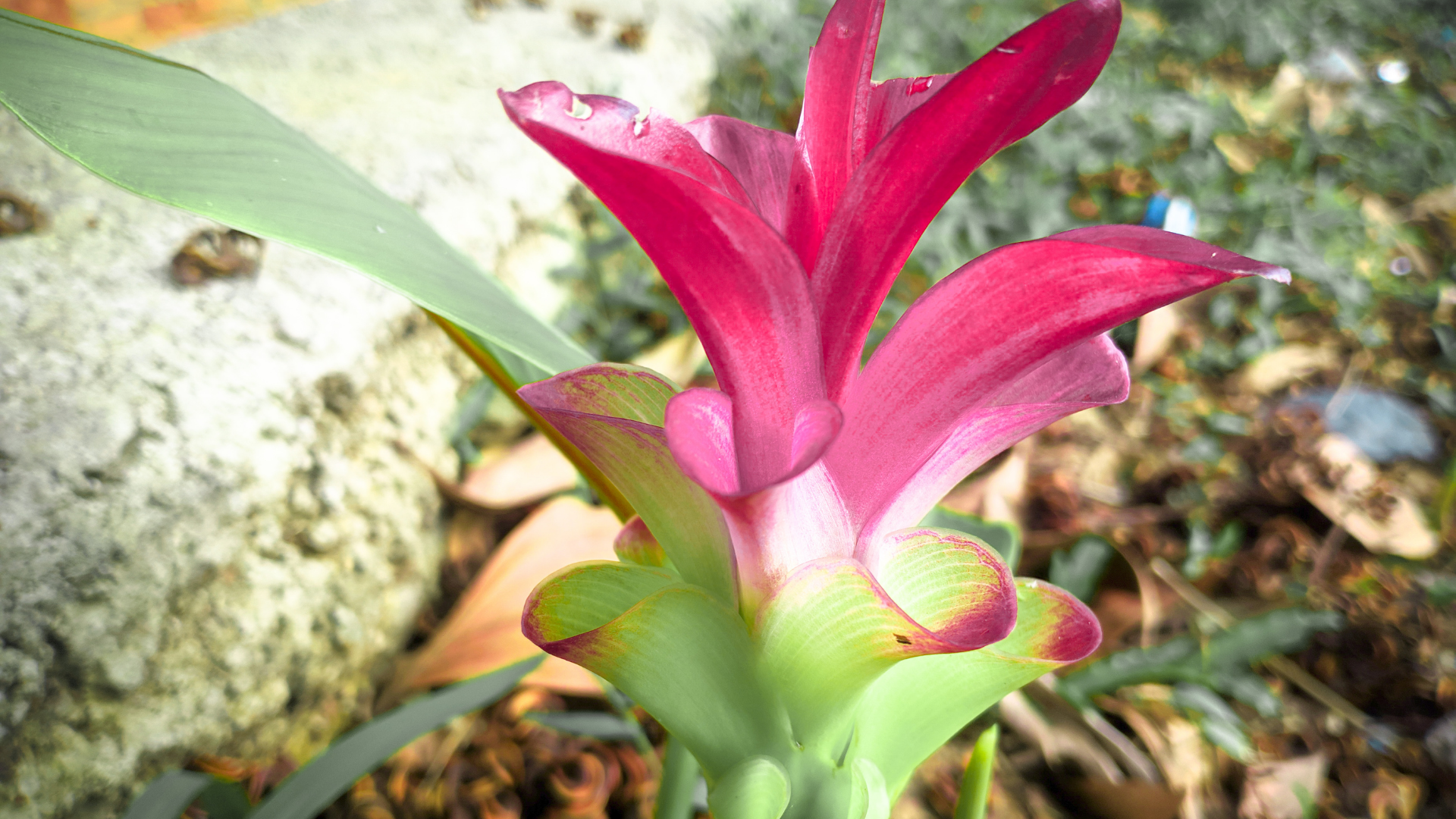Turmeric: more than just a spice
Turmeric’s botanical name is Curcuma Longa. It is a plant grown all over the world in India, China, Africa, Central America and the Caribbean and is striking with its broad, dark green leaves and beautiful pink flowers.
But the best part of the plant is the root, which is where the turmeric comes from (it looks similar to ginger). It contains a compound called curcuminoids, the most famous of which is curcumin. The curcumin is responsible for giving turmeric its distinctive yellow colour.
This spice has been used medicinally for over 4,500 years. Analysis of pots that were found at archaeological sites in New Delhi discovered that there were traces of turmeric, ginger and garlic dating back as far as 2,500BC.
Being from an Indian background myself, turmeric is a staple ingredient for adding flavour and colour to all of our cooking. But it goes beyond this. In the Hindu religion, turmeric is classed as auspicious and sacred. Indian weddings are full of bright colours and traditional ceremonies where turmeric is used. In a pre-wedding ceremony for the bride and groom-to-be, they each have turmeric applied to their face and body. This is a symbol of blessing and protection. It also gives them that radiant, glowing look for their big day.
Turmeric is becoming a fast-trending ingredient. The curcumin within turmeric has many health benefits, including anti-inflammatory properties and powerful antioxidants which have been shown to protect healthy cells in the body and may reduce the risk or spread of cancer. It can promote liver health due to its detoxing properties and studies have also shown the positive effects of curcumin on people suffering from rheumatoid arthritis.
Curcumin also has skin lightening properties, which often helps to reduce the effects of hyperpigmentation. It is also used to soothe the skin from irritation such as sunburn and aid in the healing of wounds. People have also found relief from acne, eczema and psoriasis by reducing inflammation and facial redness.
Absorbing turmeric
Curcumin is the active ingredient we need to absorb from turmeric. As much as curcumin is powerful, our bodies find it difficult to absorb. We also metabolise it quite quickly which can lead to low bio-availability in the body. Bio-availability is the ease with which nutrients make their way from the food you eat into your system.
Fortunately, these problems can be easily fixed when you are cooking by combining turmeric with other ingredients which are probably already in your cupboard:
Add black pepper. Piperine is a chemical found in black pepper, which helps the absorption of curcumin through the intestinal wall and into the bloodstream.
Use fats when cooking. Using vegetable oil, olive oil or coconut oil allows the curcumin to bind to these fats, making it easier for the gut to absorb.
To help you introduce turmeric into your diet try this simple, delicious recipe:
Serves 2 as a main meal or 4 as a side dish.
Ingredients:
1 drained large tin of butter beans
1 large onion, chopped
1 drained small tin (or small bowl) of frozen sweetcorn
1 green finger chilli, sliced down the middle (optional)
1 tablespoon of vegetable oil (add more if necessary)
1 level teaspoon turmeric
1 ¼ level teaspoons ground cumin
¾ teaspoon of salt (go by taste, add more if necessary)
For a non-vegetarian version, replace the tin of butter beans with 2 large chicken breasts (chopped into bite size cubes). If you don’t like butter beans, you could use a tin of chickpeas or 2 large potatoes chopped into bite size cubes.
Cooking times will vary, depending on which ingredients you choose to use. Always ensure chicken is cooked thoroughly.
Method:
1) In a non-stick saucepan heat the oil, add the chopped onions and let them cook until lightly golden brown on a low to medium heat. Keep stirring in between.
2) Once the onions are cooked, add the turmeric and salt. Stir well to combine it all together.
3) Add and stir in the butter beans (or potatoes/chicken if using either of these instead) and sweetcorn. Put a lid on and let this warm through on a low heat. Keep stirring in between.
4) Once everything is warmed through, add the ground cumin and green finger chilli. Give it a good stir, lid it and let everything cook thoroughly on a low heat. Keep stirring in between.
5) Add 100 ml of water. The steam and juices will help marinate everything together and create a thick sauce. Add a little more water if you want a looser sauce.
6) Serve with naan, pita bread or a fajita wrap.




